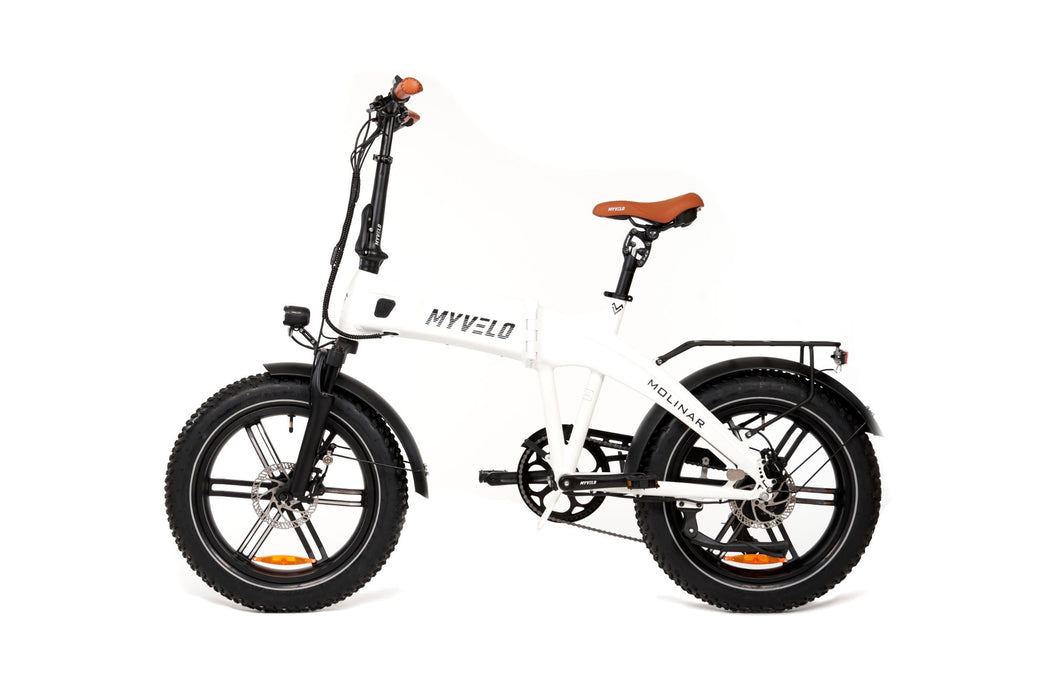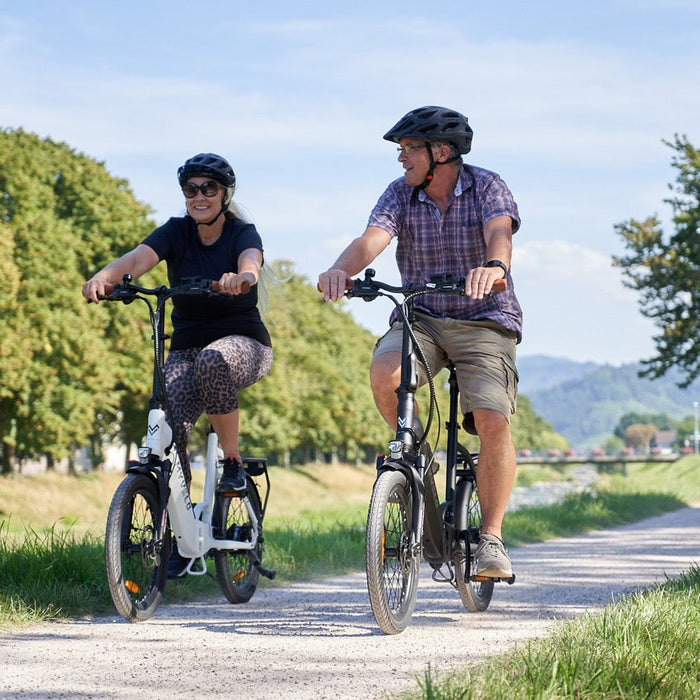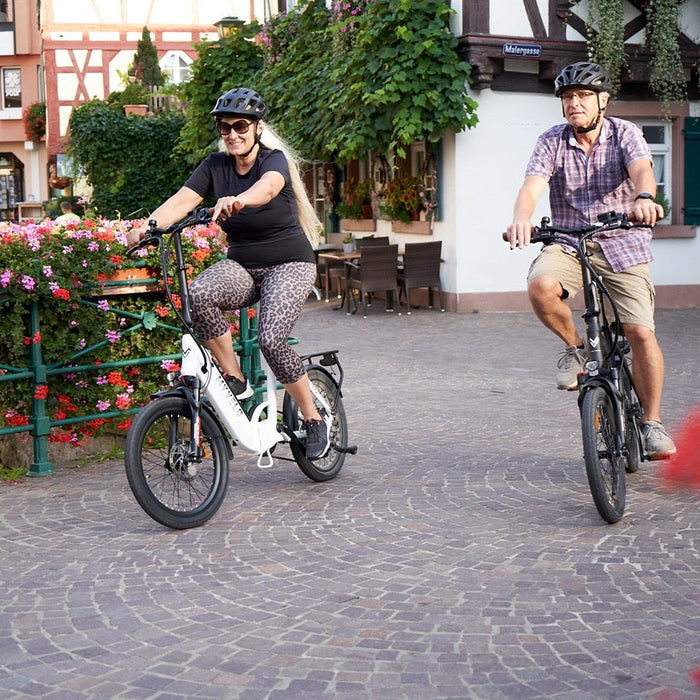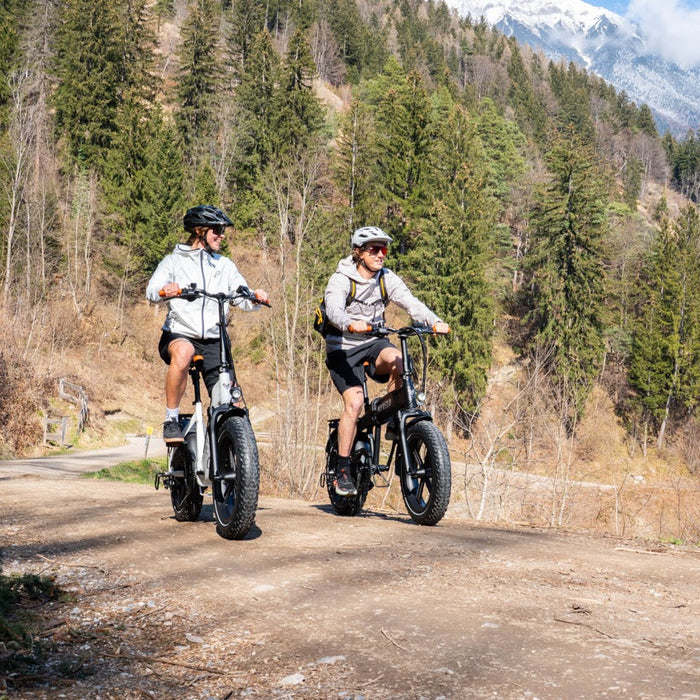
Molinar electric folding bike
incl. FREE shipping & free returns
Ready for dispatch immediately, delivery time 2-3 days.

A Bowden cable is a type of traction cable used in various mechanical applications, especially in vehicles, bicycles, and other devices with moving parts. The Bowden cable consists of a flexible metal cable surrounded by an outer protective tube. The outer protective tube serves to protect the inner cable from dirt, abrasion, and other external influences, while allowing low-friction movement of the inner cable.
In bicycles, the Bowden cable is often used to operate the brakes and gears . For example, a Bowden cable for the brakes is used to press the brake shoes against the rims or discs to slow or stop the bike. In the gears, the Bowden cable is used to control the front or rear derailleur, which moves the chain between the different gears or chainrings.
In the automotive sector, Bowden cables are used in various applications, such as accelerator pedals, clutches, parking brakes and hood releases. They enable precise and reliable control of various systems and components in the vehicle.
Overall, the Bowden cable is a simple but effective mechanical component that is widely used in many areas of technology and enables precise control of moving parts.
The Bowden cable enables flexible installation and efficient power transmission even with complex routing. The functions of the Bowden cable are:
Advantages:
Disadvantages:

Stress ist längst zur Volkskrankheit geworden – Dauerbelastung im Job, private Verpflichtungen und ständige Erreichbarkeit führen bei vielen Menschen zu einem Gefühl der Überforderung. Doch es gibt einen einfachen Weg, den Kopf freizubekommen: Radfahren. Ob gemütlich durch den Park oder sportlich auf dem Rennrad – das Fahrrad wirkt wie ein natürliches Ventil für Stress. Warum das so ist, zeigt dieser Artikel.

Der Kettenverschleiß ist bei E-Bikes ein noch wichtigeres Thema als bei klassischen Fahrrädern. Der leistungsstarke Motor unterstützt die Pedalkraft, wodurch eine höhere Belastung auf die Kette wirkt.

Der Eco Modus ist eine der wichtigsten Unterstützungsstufen eines E-Bikes und bietet eine ideale Balance zwischen Motorunterstützung und Energieeffizienz. Doch was genau bedeutet Eco Modus, wann sollte man ihn nutzen und welche Vorteile bringt er im Alltag? In diesem Artikel erfährst du alles Wichtige über diese smarte Fahrstufe.